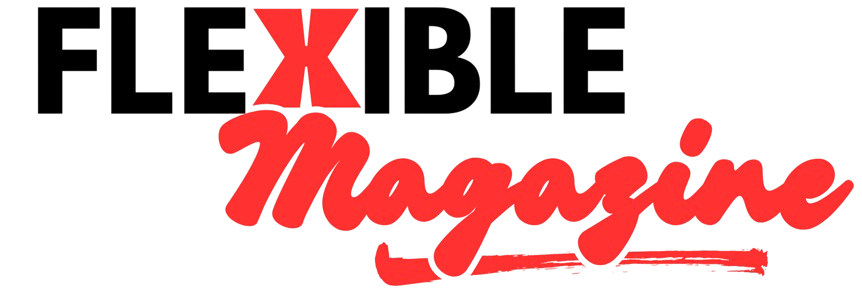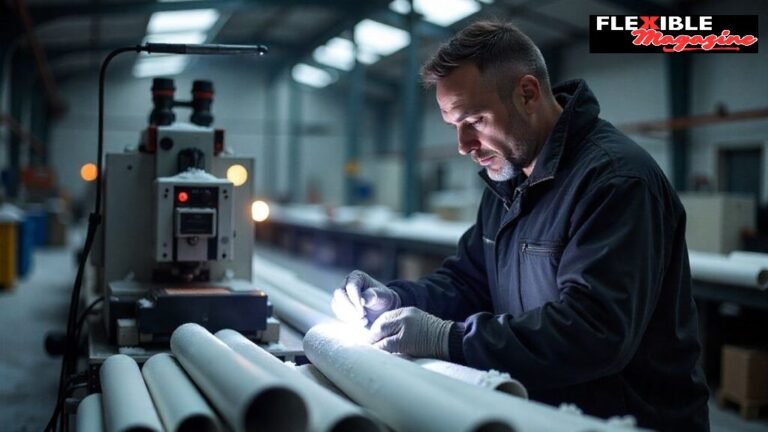When exploring modern innovations and industrial tools, Repmold is a term that often sparks curiosity. While not yet a household word, Repmold is steadily growing in recognition across various industries due to its adaptability, effectiveness, and potential for future development. Whether you are a professional, a researcher, or simply someone interested in the latest trends, understanding what Repmold represents can help you gain valuable insights into its role in shaping the future of technology and manufacturing.
This article will provide an in-depth look into Repmold, including its meaning, applications, significance, and prospects. It is written in a detailed, structured manner to serve as a comprehensive resource for readers looking to explore this keyword thoroughly.
What is Repmold?
At its core, Repmold refers to a specialized concept that relates to the processes of replication and molding. The term combines “rep” (short for replicate or reproduction) and “mold” (a form or framework). Together, it represents a unique system or approach that emphasizes producing exact copies of designs, products, or components using molds.
Repmold is often associated with advanced manufacturing techniques, digital prototyping, and industries that demand high precision. By using mold-based replication, companies can reproduce objects quickly and consistently, ensuring both quality and efficiency.
Historical Background of Repmold
The practice of molding dates back thousands of years, from ancient civilizations casting metals to modern 3D printing technologies. Repmold, however, represents a new chapter in this history by blending traditional mold-making with modern replication technologies.
- Early molds were created for pottery, jewelry, and weaponry.
- Industrial revolution molds introduced mass production capabilities.
- Modern Repmold techniques integrate digital modeling, computer-aided design (CAD), and rapid prototyping to improve precision and reduce errors.
This evolution highlights how Repmold is not just about replication but also about innovation, accuracy, and scalability.
Key Applications of Repmold
The versatility of Repmold makes it valuable across multiple sectors. Below are some of the most prominent applications:
1. Manufacturing and Engineering
Repmold is widely used in manufacturing industries to create identical parts. Automotive, aerospace, and consumer goods companies rely on molds for mass production. By applying Repmold strategies, these industries achieve:
- Faster turnaround times
- Reduced production costs
- High-quality product consistency
2. Medical and Healthcare
In healthcare, Repmold is revolutionizing prosthetics, dental implants, and medical devices. Custom molds allow for:
- Patient-specific prosthetic limbs
- High-precision surgical tools
- Tailored dental solutions
3. Architecture and Construction
Architects and builders use Repmold methods to replicate design patterns, create structural models, and manufacture decorative elements. This reduces manual effort while ensuring accuracy.
4. Creative Industries
Artists, designers, and film studios often use Repmold approaches for props, sculptures, and other creative assets. These molds help replicate designs on a large scale while maintaining artistic integrity.
5. Research and Education
In laboratories and universities, Repmold is a teaching and research tool. It helps in creating replicas for experiments, study models, and prototypes.
Why Repmold Matters Today
In today’s fast-paced industries, precision and efficiency are more important than ever. Repmold stands out because it addresses both needs simultaneously.
- Accuracy – Replication through molds ensures every copy mirrors the original design.
- Cost-effectiveness – By reducing waste and speeding up production, Repmold lowers expenses.
- Scalability – From small projects to industrial-scale production, Repmold adapts to demand.
- Innovation support – Designers and engineers can experiment with prototypes before mass production.
These benefits make Repmold an essential tool in the global industrial ecosystem.
The Process Behind Repmold
To understand Repmold deeply, let us break down its process:
- Design Phase
- Computer-aided design (CAD) software is used to create a digital model.
- Mold Creation
- A physical mold is built based on the digital design. Materials can range from metals to polymers.
- Replication
- Using the mold, multiple identical items are produced.
- Quality Testing
- Each replicated item is checked to ensure it matches the original specifications.
This systematic approach ensures the consistency and reliability of Repmold’s-based outcomes.
Repmold’s in the Age of Digital Transformation
The digital age has accelerated the growth of Repmold’s. With 3D printing, automation, and artificial intelligence, the process has become even more advanced.
- 3D Printing Integration – Combining Repmold’s with additive manufacturing creates flexible hybrid methods.
- Automation – Robotics enhances mold replication by reducing manual intervention.
- AI in Design – Artificial intelligence helps refine mold designs for maximum efficiency.
Together, these technologies make Repmold’s future-ready.
Challenges Facing Repmold’s
While Repmold’s has enormous potential, it is not without its challenges. Some of the common issues include:
- High initial costs for equipment and software
- Material limitations in some industries
- Technical expertise requirements to design precise molds
- Environmental concerns related to waste management
Overcoming these challenges is crucial for wider adoption. Many industries are actively working on sustainable solutions, such as biodegradable mold materials and energy-efficient production methods
Future Prospects of Repmold’s
The future of Repmold’s is bright, as industries continue to seek efficiency and innovation. Experts predict:
- More sustainable molds using eco-friendly materials
- Greater adoption in healthcare with advanced patient-specific devices
- AI-driven design improvements making molds smarter and faster to produce
- Integration with blockchain for secure tracking of replicated products
These prospects position Repmold’s as a key driver of industrial transformation in the coming decades.
Conclusion
Repmold represents more than just replication and molding—it is a bridge between tradition and technology, offering solutions for industries that prioritize accuracy, efficiency, and scalability. From healthcare to manufacturing, architecture to creative arts, Repmold’s is proving to be a versatile tool that holds immense promise for the future.
Understanding Repmold’s means recognizing how innovation can reshape production methods, simplify complex tasks, and prepare industries for the challenges of tomorrow.
FAQs
Q1. What does Repmold’s mean?
Repmold’s is a concept combining replication and molding, used to create precise, consistent copies of designs, products, or components.
Q2. Which industries use Repmold’s the most?
Manufacturing, healthcare, construction, creative industries, and research are the leading sectors using Repmold’s.
Q3. How does Repmold‘s differ from traditional molding?
While traditional molding focuses solely on physical duplication, Repmold’s integrates modern digital tools such as CAD and 3D printing for enhanced accuracy.
Q4. Is Repmold’s environmentally friendly?
Currently, Repmold’s faces environmental challenges, but sustainable materials and eco-friendly practices are being developed to improve its footprint.
Q5. Can Repmold’s be used for small-scale projects?
Yes, Repmold’s is flexible and can be adapted for both small-scale and large-scale projects depending on the requirements.
Q6. How does technology enhance Repmold’s?
Technologies like AI, robotics, and 3D printing make the Repmold’s process faster, more precise, and more cost-effective.
Q7. What is the future of Repmold’s?
The future includes eco-friendly molds, increased healthcare applications, AI-driven designs, and integration with blockchain for product security.


